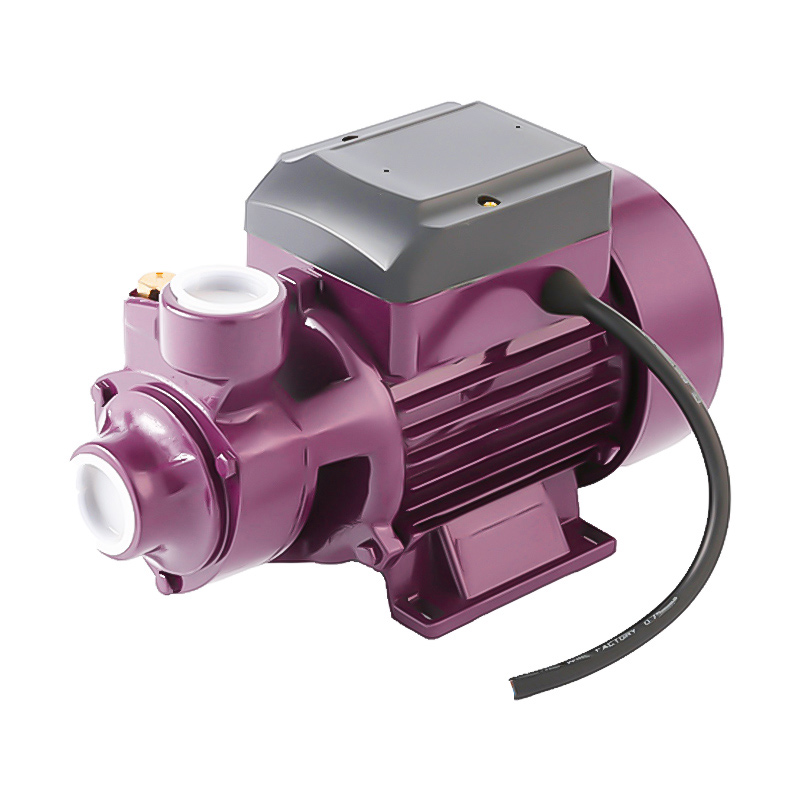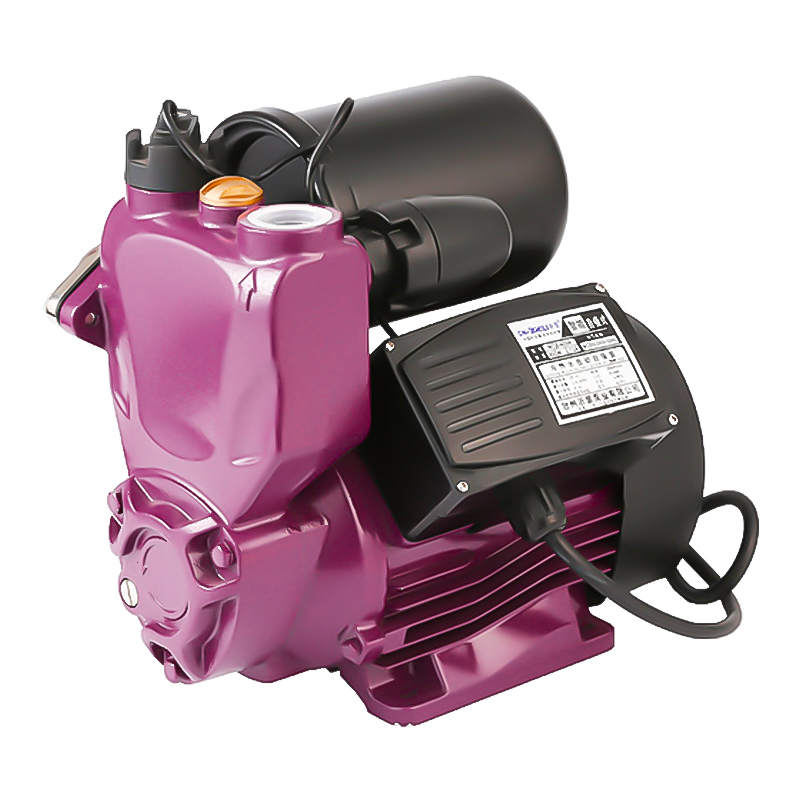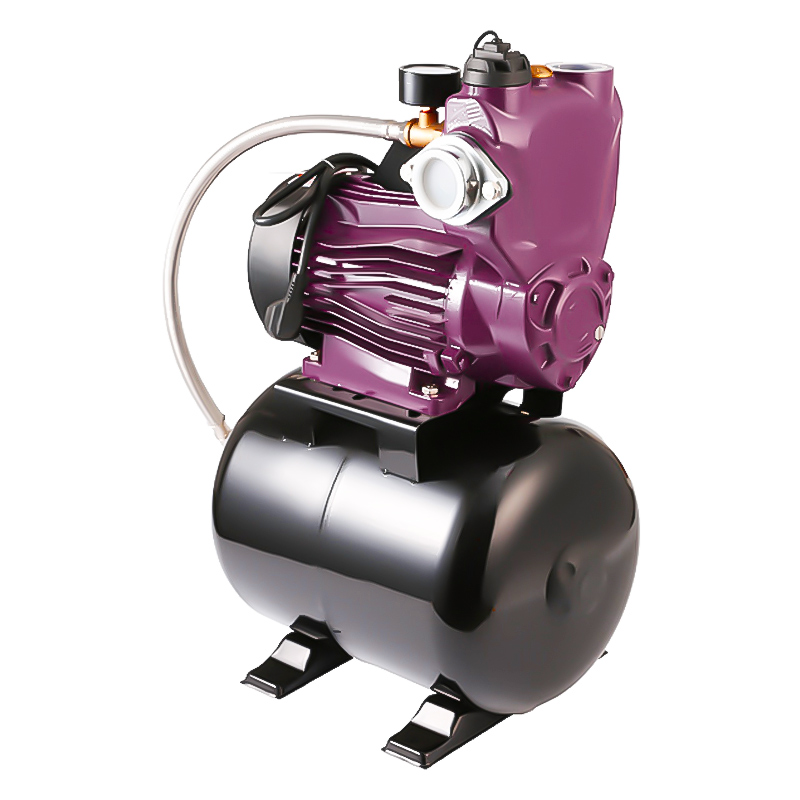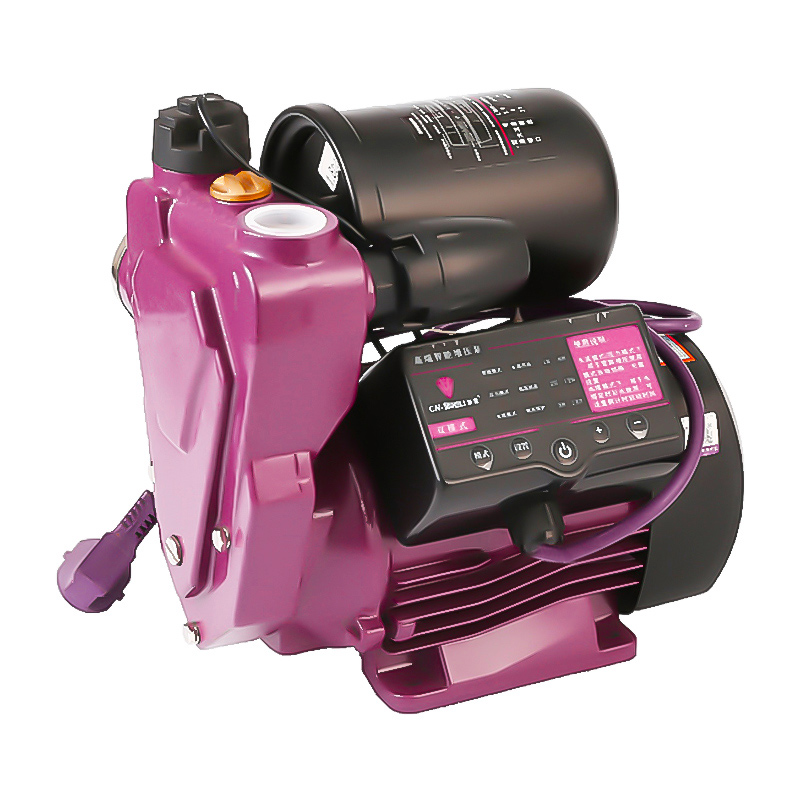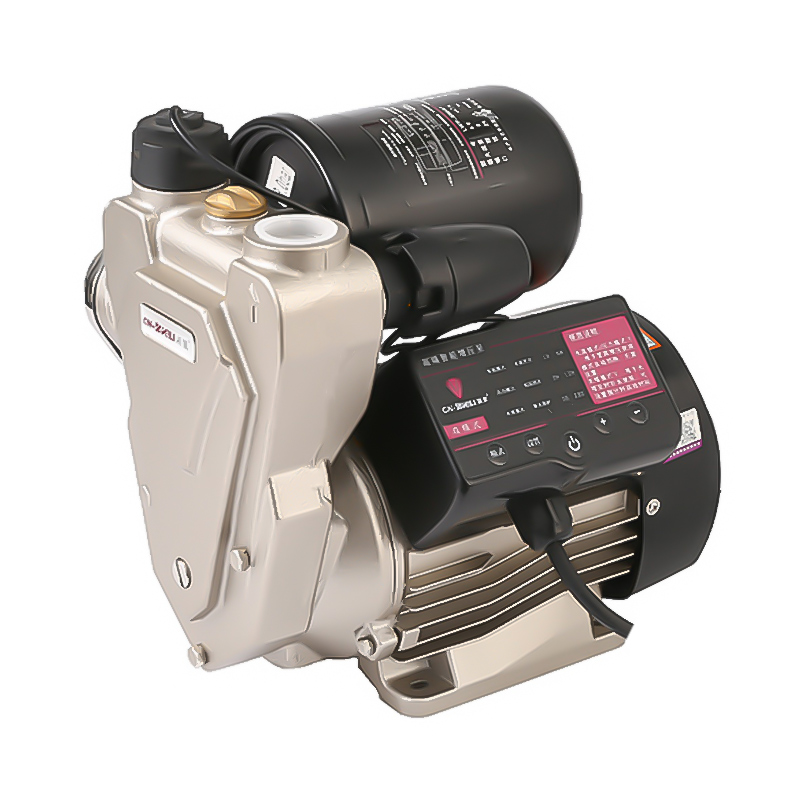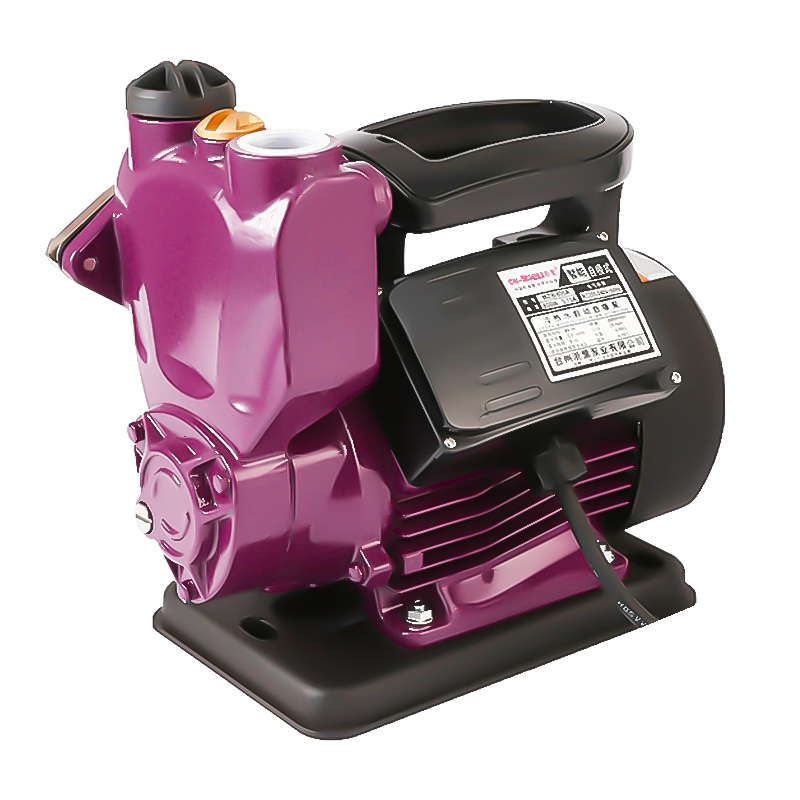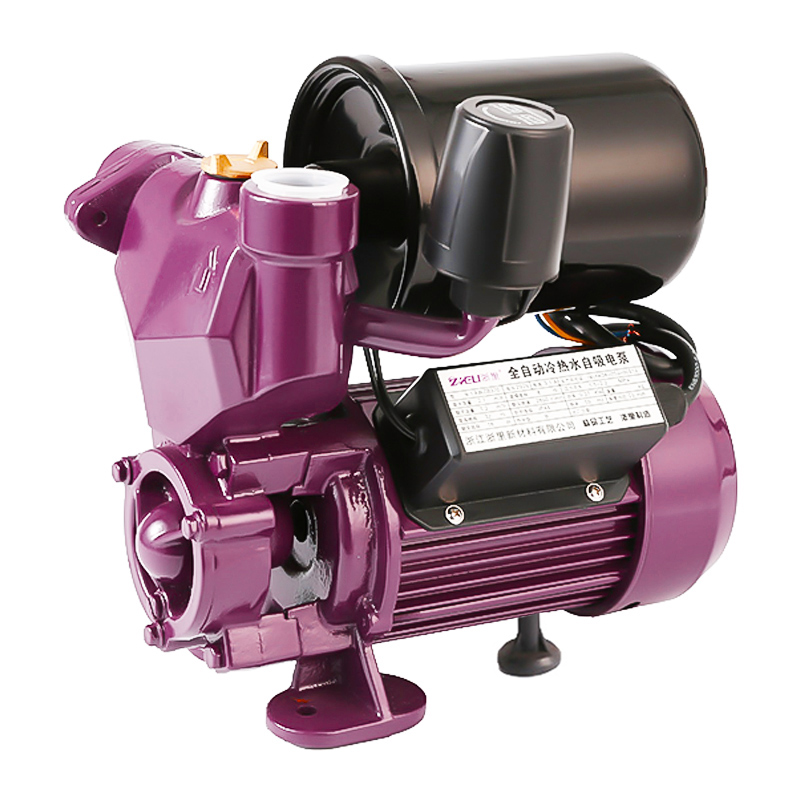An Electric Sewage Pump is actually a sewage pump referred to as a sewage pump. Commonly used are self-priming sewage pumps, submersible sewage pumps, non-clogging sewage pumps, submerged sewage pumps, pipeline sewage pumps, septic tank sewage pumps, and sewage lifting pumps.
The impeller of the sewage treatment pump and the pressurized water chamber are the two core elements of the sewage pump. The advantages and disadvantages of its performance mean that the pump has superior performance. The anti-clogging performance, efficiency, and cavitation performance of the sewage treatment pump are guaranteed by the two components of the vane pump and the pressurized water chamber.
The working principle of the sewage treatment pump and the characteristics of the sewage treatment pump belong to a kind of non-clogging sewage pump, which has many forms: such as submersible sewage pump and dry type, the most common submersible sewage pump WQ type, the most common dry type. There are two types of sewage pumps, such as a W-type horizontal sewage pump and a WL-type vertical sewage pump. Mainly used to transport urban sewage, feces, or liquids containing fibers. For mediums such as solid particles, the temperature of the medium to be conveyed is usually not greater than 80 °C. Because the conveyed medium contains fibers that are easily entangled or bunched. Therefore, it is easy to block the flow passage of the pump. Once the pump is blocked, the pump will not work normally, or even burn the motor, resulting in poor sewage discharge. It has a serious impact on urban life and environmental pollution. Therefore, an important factor in blocking resistance and reliability is the quality of the sewage pump.

 Language
Language  English
English عربى
عربى 中文简体
中文简体